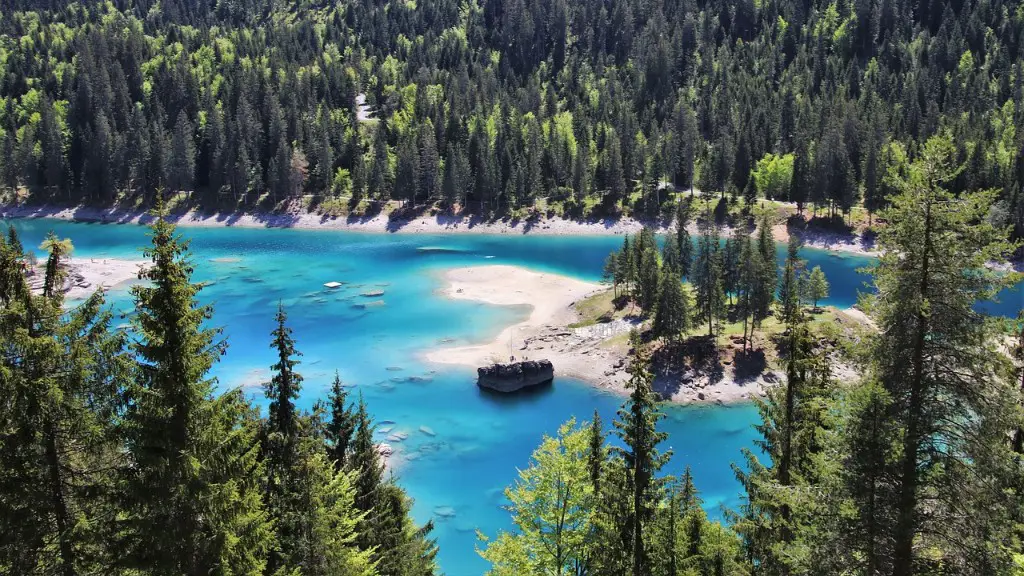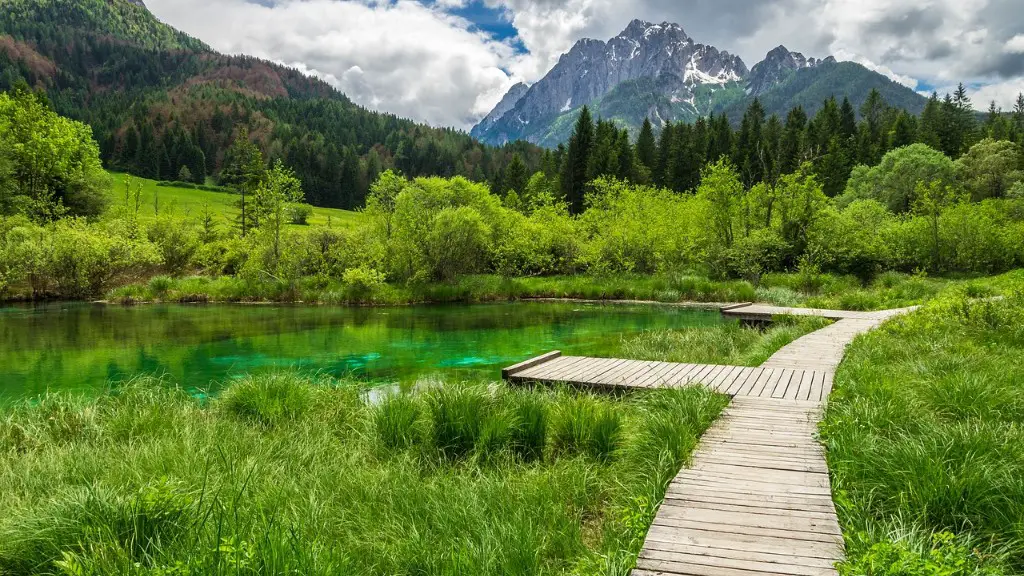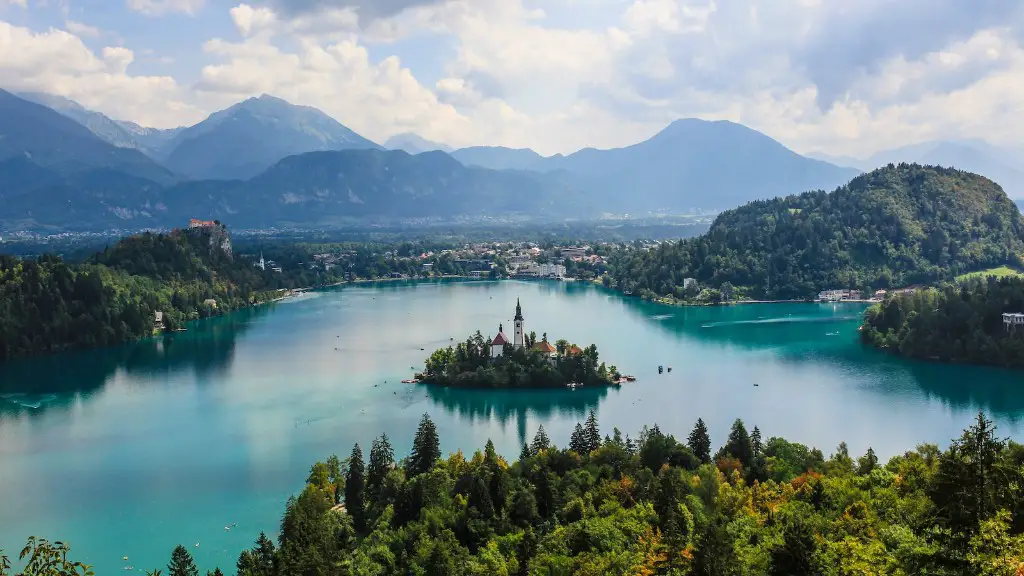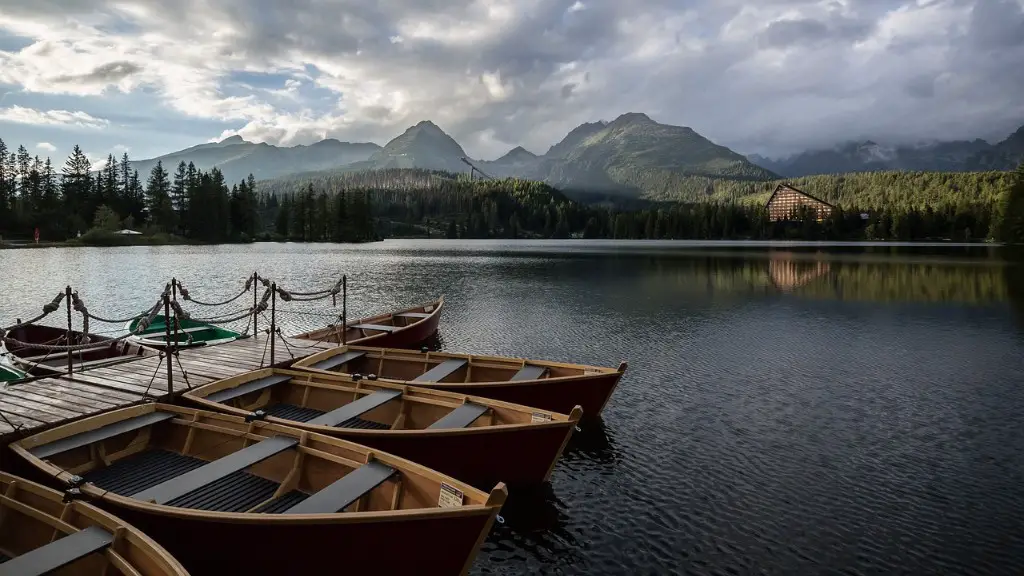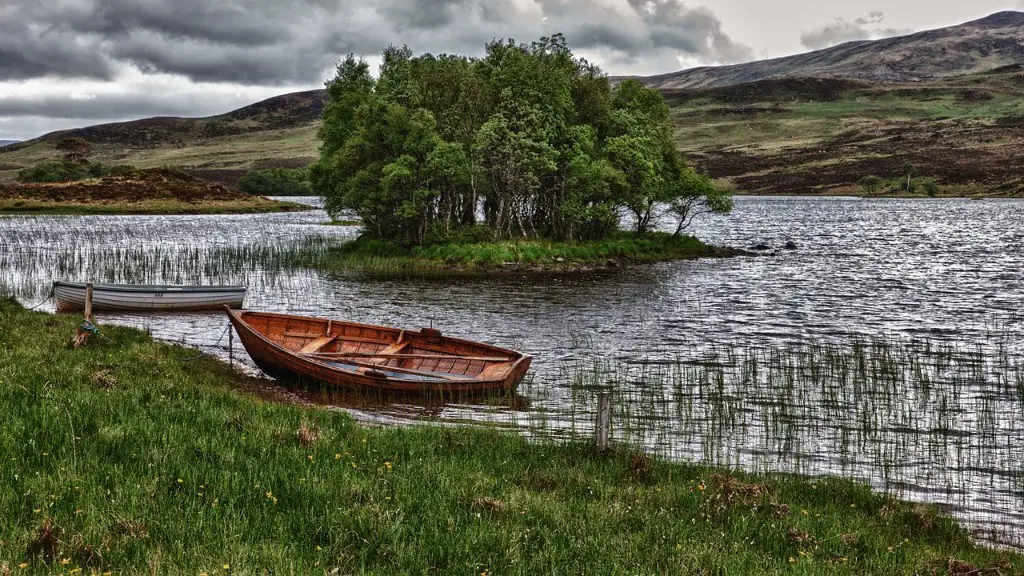Lake Victoria is the largest lake in Africa and the second-largest freshwater lake in the world with a surface area of 26,830 square miles. Located in the East African Rift Valley, Lake Victoria is bordered by the African countries of Tanzania, Uganda, and Kenya, which makes up its entire shoreline.
Lake Victoria is named after Queen Victoria and was discovered by the British explorer John Hanning Speke in 1858. It is estimated that the lake is about 20-30 million years old. Its unique location as a natural boundary for three African countries has made it a cultural, economic, and environmental hub for East Africa.
With an average depth of only 40 meters, Lake Victoria is shallow in comparison to other lakes, yet it contains the second greatest volume of water in the world. The lake is fed by over 10,000 streams. At the same time, it is the source of the world’s longest river, the Nile.
As an incredibly diverse and vulnerable ecosystem, Lake Victoria contains an estimate of over 500 species of fish. Out of this total, only one native species is left- the Victoria Nilotica. This species is also endangered and overfishing is considered to be the main cause of its problem. Pollution is also a major concern here as it affects the fertility of the lake. In addition, invasive water plants such as water hyacinth put a strain on local resources by preventing nutrients from the water from getting to the fish.
For centuries, Lake Victoria has been a center for commerce and culture for East Africa; since the 19th century when the British arrived in East Africa, fishing and trading from the northern shores of the lake have been integral to the culture. Unfortunately, recent population growth and urbanization in the surrounding countries had posed a great threat to the lake.
Fortunately, for this reason in 2009, The Lake Victoria Basin Commission (LVBC) was formed to protect and improve the lake. It is a partnership between the member states of Burundi, Kenya, Rwanda, Tanzania, and Uganda and is currently overseen by the East African Community (EAC). The Commission seeks to create, protect and improve the lake for economical and environmental sustainability.
Effects of Pollution on the Ecosystem of Lake Victoria
Pollution from industrial and domestic waste that flows directly into the lake threatens the aquatic environment and local ecology of Lake Victoria, which impacts its precious biodiversity. Furthermore, increased phosphorous and nitrogen levels can impede light penetration in the lake, altering the aquatic photosynthesis cycle, and affecting oxygen levels by reducing the amount of oxygen available in the lake. This can further disrupt food webs and lead to algal blooms.
Lake Victoria’s water quality is also deteriorating due to agricultural runoff, and sediment runoff, as well as the introduction of new species. Worse still, sewage water brought in from the neighboring countries has added to the ecosystem’s degradation. Sewage water contains various pollutants, nutrients, heavy metals and organic matter which have caused a serious threat to the region’s health and environment.
For this reason, in order to protect the local ecology of Lake Victoria, government and non-governmental organizations are now supporting the implementation of new technologies and projects to reduce sewage waste and to encourage alternative sources of energy among local communities. The commission has also implemented several projects to improve the water quality of the lake, such as shoreline stabilization, fish replenishment, and environmental conservation.
Environmental Benefits of Lake Victoria
For over a century, Lake Victoria has provided a range of important ecological services to the thousands of people living in the surrounding area. It serves as a source of food and livelihood to millions of people living in the nearby countries and is estimated to have over 6 million people relying on the fisheries. Moreover, it serves as a source of hydroelectric power, which generates electricity to the nearby countries in East Africa. In addition, it provides a source of freshwater to the countries, thus serving many agricultural uses.
Finally, the lake also serves as an important ecological area. It is home to over 600 species of fish and 35 frog species, making it one of the most unique lakes in the world. This also serves a possible tourist spot in East Africa as visitors come to experience the unique biodiversity found there.
Tackling the Challenges of Lake Victoria
Like most of the world’s freshwater lakes, Lake Victoria faces an array of challenges such as climate change, population growth, and pollution. Despite various efforts to combat these challenges, the lake’s ecosystem continues to be threatened.
To tackle the challenges of Lake Victoria, a series of initiatives by different institutions have been implemented to help conserve its precious resource. These include international agreements and policy interventions aimed at protecting and restoring the lake’s biodiversity and environment.
Various NGOs and organizations have developed projects to improve the state of the lake and raise public awareness of the environmental degradation. Projects such as the Lake Victoria Environmental Management Project (LVEMP) help promote integrated management of the lake to ensure its long-term sustainable use.
The Commission also continues to work towards the implementation of improved wastewater and power infrastructure in the region. This includes the Sustainable Urban Water and Sanitation Project (SUWASP) which aims to reduce pollution and improve water quality along with the EAC’s renewable energy project to promote the use of clean energy sources.
Impact of Industrialization on Lake Victoria
The industrialization of the nearby towns and cities, such as Kampala, has had dire consequences on the lake’s environment, such as lake sedimentation, air pollution, water contamination and depletion of dissolved oxygen levels.
The wastewater from industrial companies and factories has been found to contain high levels of heavy metals, nitrogen, and phosphorous, which is harmful for aquatic life. Furthermore, the use of industrial fertilizers and chemicals containing hazardous substances is leading to the release of toxins into the lake’s water.
The Commission is working to reduce the impact of industrialization on the lake by collaborating with the industries in the region to adopt green and sustainable practices. This includes programs such as the Sustainable Industrial Value Chain Project (SIVA-COP) to promote the efficient use of resources and reduce environmental impacts.
Conclusion and Outlook
Lake Victoria is an incredibly important resource to the East African countries. It is home to over 600 species of fish, hosts a rich biodiversity and has a great cultural and economic significance to the region. But the lake is faced with a myriad of challenges such as pollution, overfishing and population growth.
The Commission and other stakeholders have been working hard to restore and protect the lake’s environment. This includes improved wastewater and power infrastructure, green and sustainable practices, and collaboration with international agreements and policy interventions. Their tireless efforts show that although they still have a long way to go, they remain hopeful and determined to protect this precious resource.
